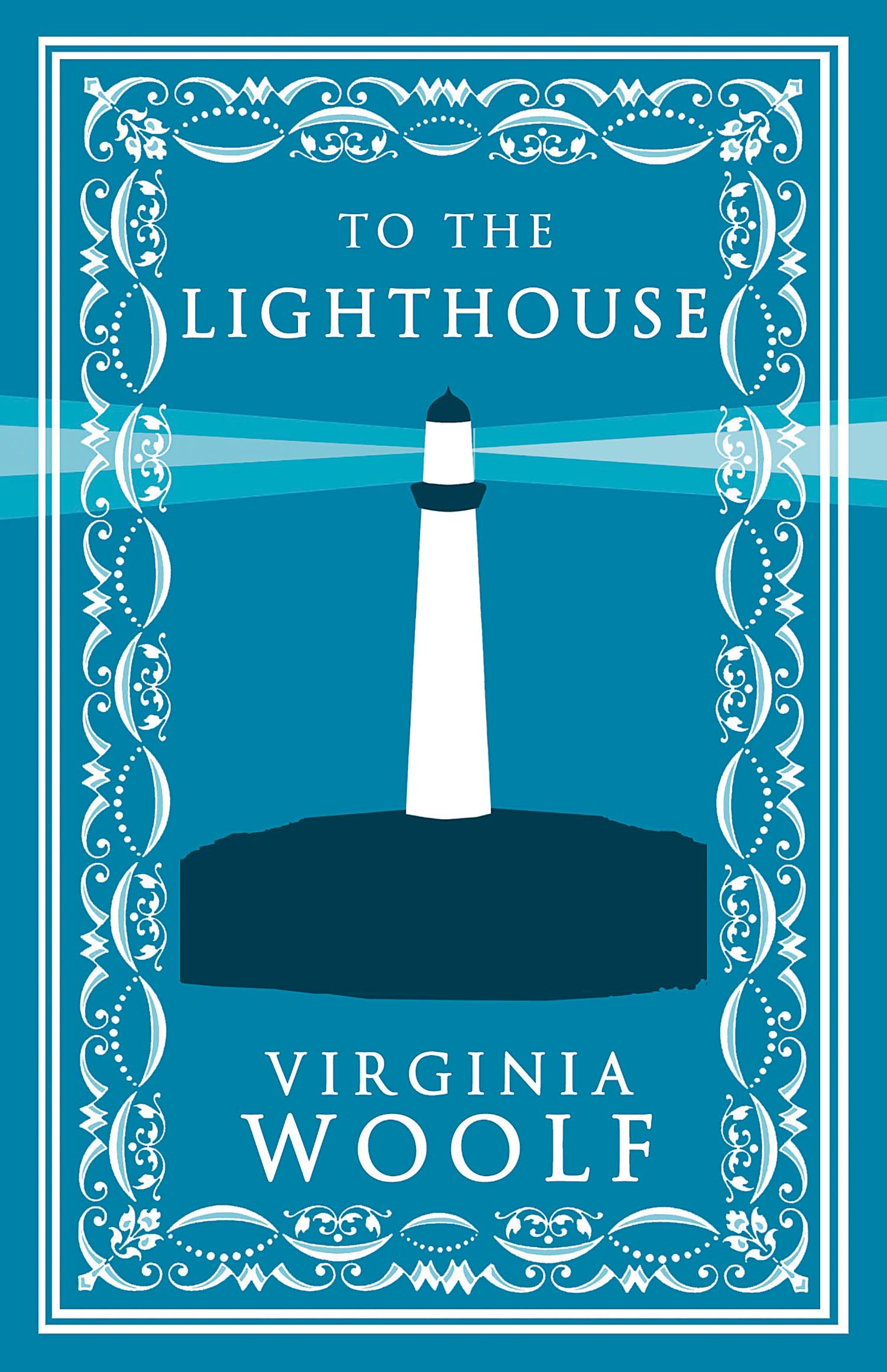
Some book clubs involve more wine consumption than literary analysis. And then there’s the Arts and Crafts Book Club, an offshoot of the augustly successful National Arts and Crafts Conference at the Omni Grove Park Inn, and one of the craftiest inspirations of conference founder/director Bruce Johnson.
The Arts and Crafts aesthetic was a craftsman-driven movement in decorative arts, furniture, and architecture that flourished from the 1880s through the 1920s; more than a century later, the resilient style is still relevant. In the beginning, notes Johnson, “the aesthetic was labeled ‘overly masculine’ … but when you bring in the textiles and pottery of the period, which soften and harmonize with the angular, dark-wood furniture that defines the style, it becomes accessible and appealing to many more people.”
According to Johnson, the book club was born during the fifth or sixth year of the conference in the early ’90s, suggested by a longtime attendee, an English professor from New Jersey. “Being a former English teacher myself, I totally agreed with her,” says Johnson, who’s authored numerous works on the Arts and Crafts genre. They started by picking out two or three books a year appropriate to the theme. The discussion is a drop-in event, but the book club now announces its selections six months in advance so members can come prepared. “It was one of those little things where we planted a seed and it just grew,” Johnson notes.
This year’s picks are evocative enough, the director believes, to promote lively discussion, but they don’t stray too far from what he calls “Arts and Crafts-touched” topics. Sisters: The Lives of America’s Suffragists, by historian Jean H. Baker, examines the hurdles — including violent clashes with protestors and police — experienced by noted 19th-century suffragists Susan B. Anthony, Elizabeth Cady Stanton, Alice Paul, and others. It also explores conflict within the cause, as rising versus senior members approached their goals in different ways, culminating with the passing of the 19th amendment in 1920 allowing women to vote. To the Lighthouse is a 1927 novel by Virginia Woolf. Though light on traditional plot, it’s full of symbolism — a serious psychological work that analyzes the intersection of time, art, and human relationships.
Numbering up to 20 members, the book club reflects Johnson’s desire for balance in the conference’s programs. “Our discussions take us beyond ‘more brown furniture,’ which is in constant abundance during the Conference,” he explains. “It reflects the drama of lives lived passionately, whether for their art or other, sometimes flawed ideals.”
Arts and Crafts architectural giant Frank Lloyd Wright is a prime example. One year, the club read and discussed Loving Frank, a novelized depiction of Wright’s tumultuous family and romantic life. One of the most highly attended book clubs, “it proved that there are rich, sometimes painful lives behind the makers of this movement,” says Johnson. “We show attendees that Arts and Crafts is a lifestyle and culture, not simply an aesthetic.”
The Arts and Crafts Book Club reviews To the Lighthouse on Friday, February 16, 4:30-5:30pm. The discussion for Sisters: The Lives of America’s Suffragists happens Saturday, February 17, 3-4pm. See the “Book Club Discussions” link at arts-craftsconference.com for more information.
